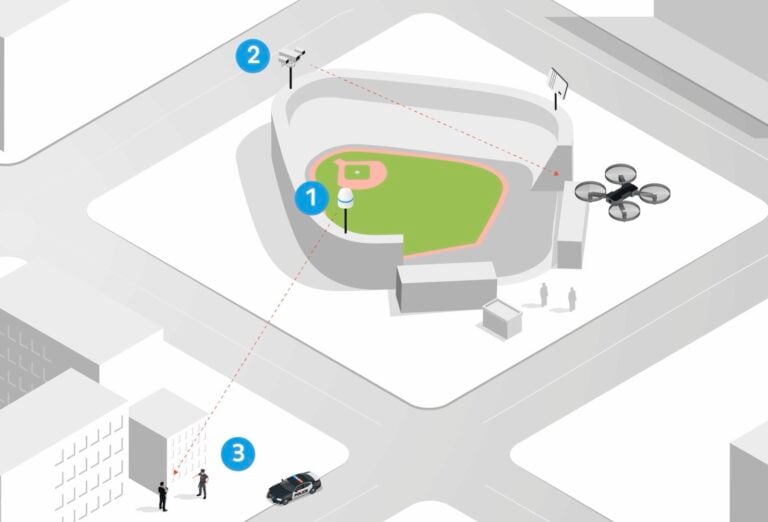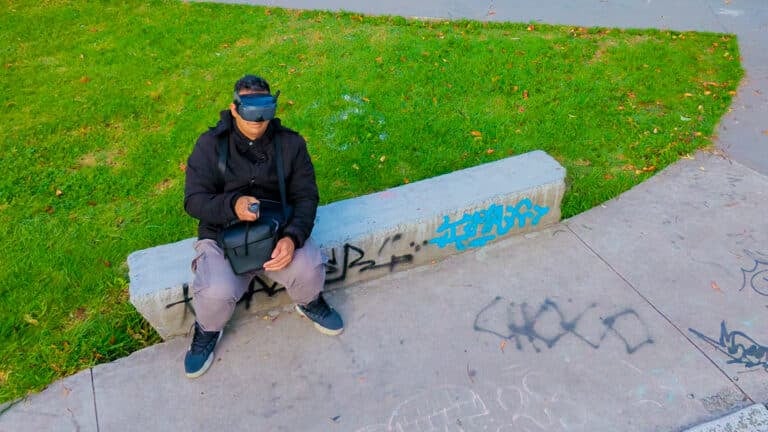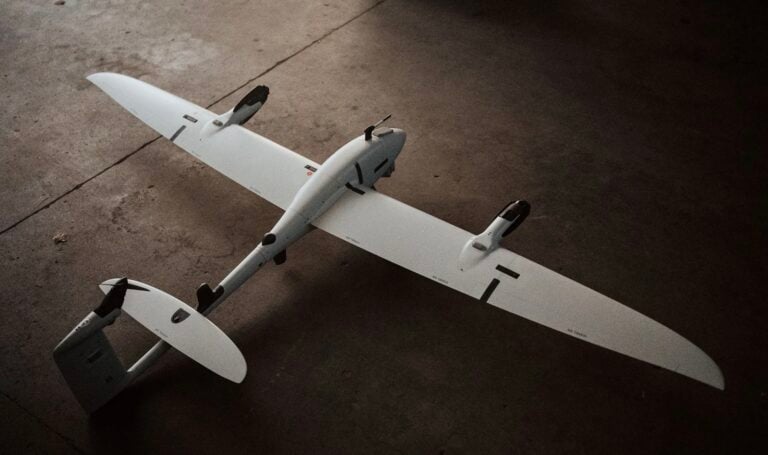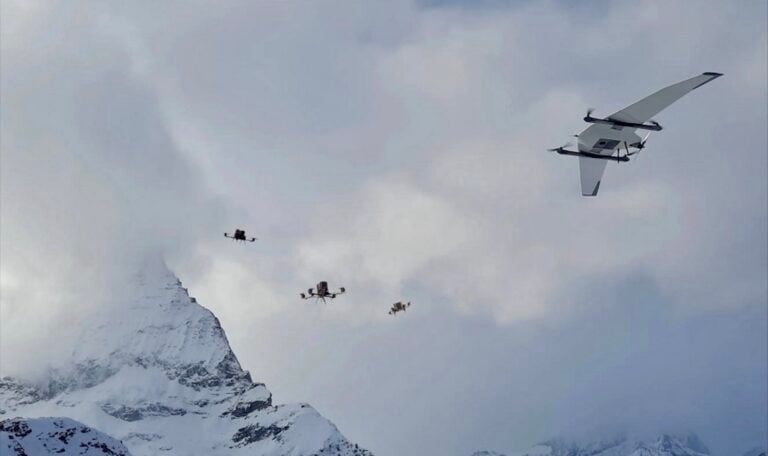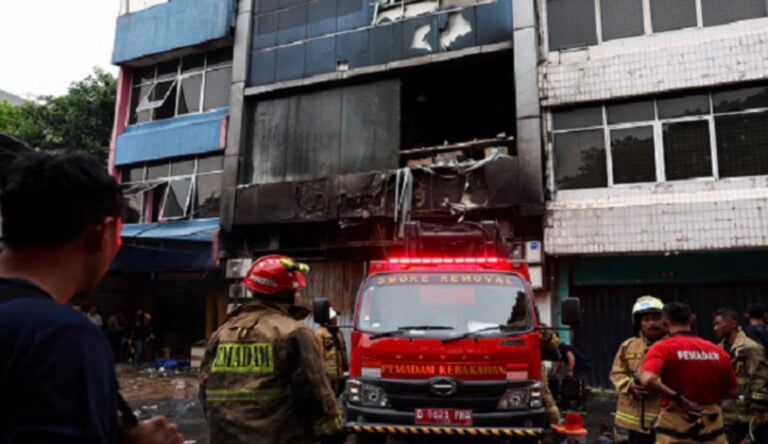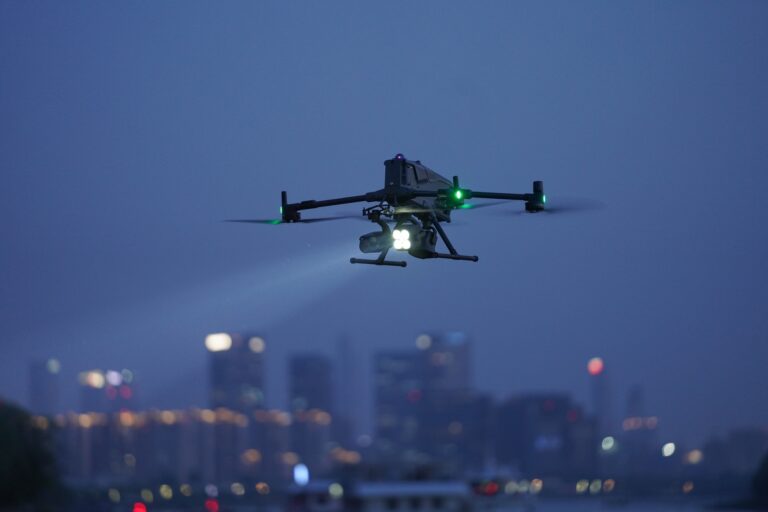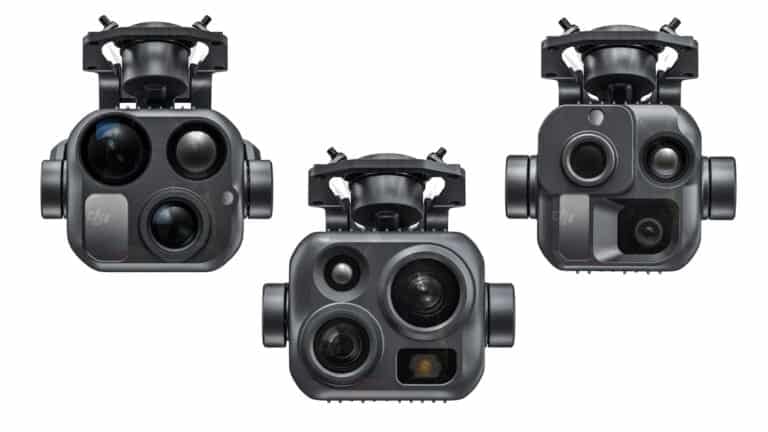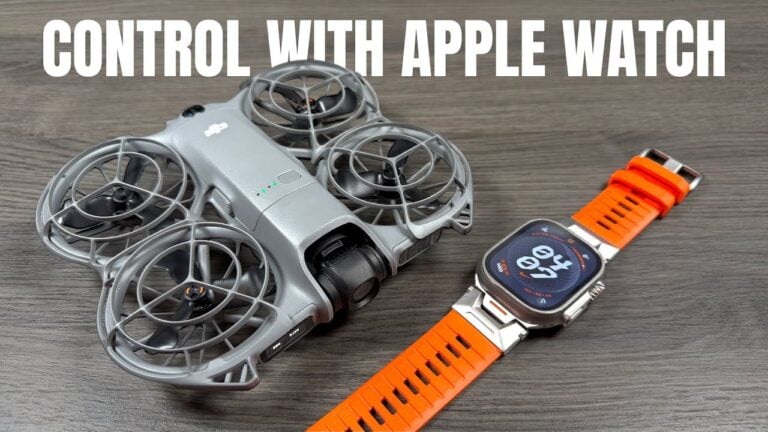Russia Unleashes Record Drone Attack on Kyiv, Highlighting Shahed Drone Capabilities
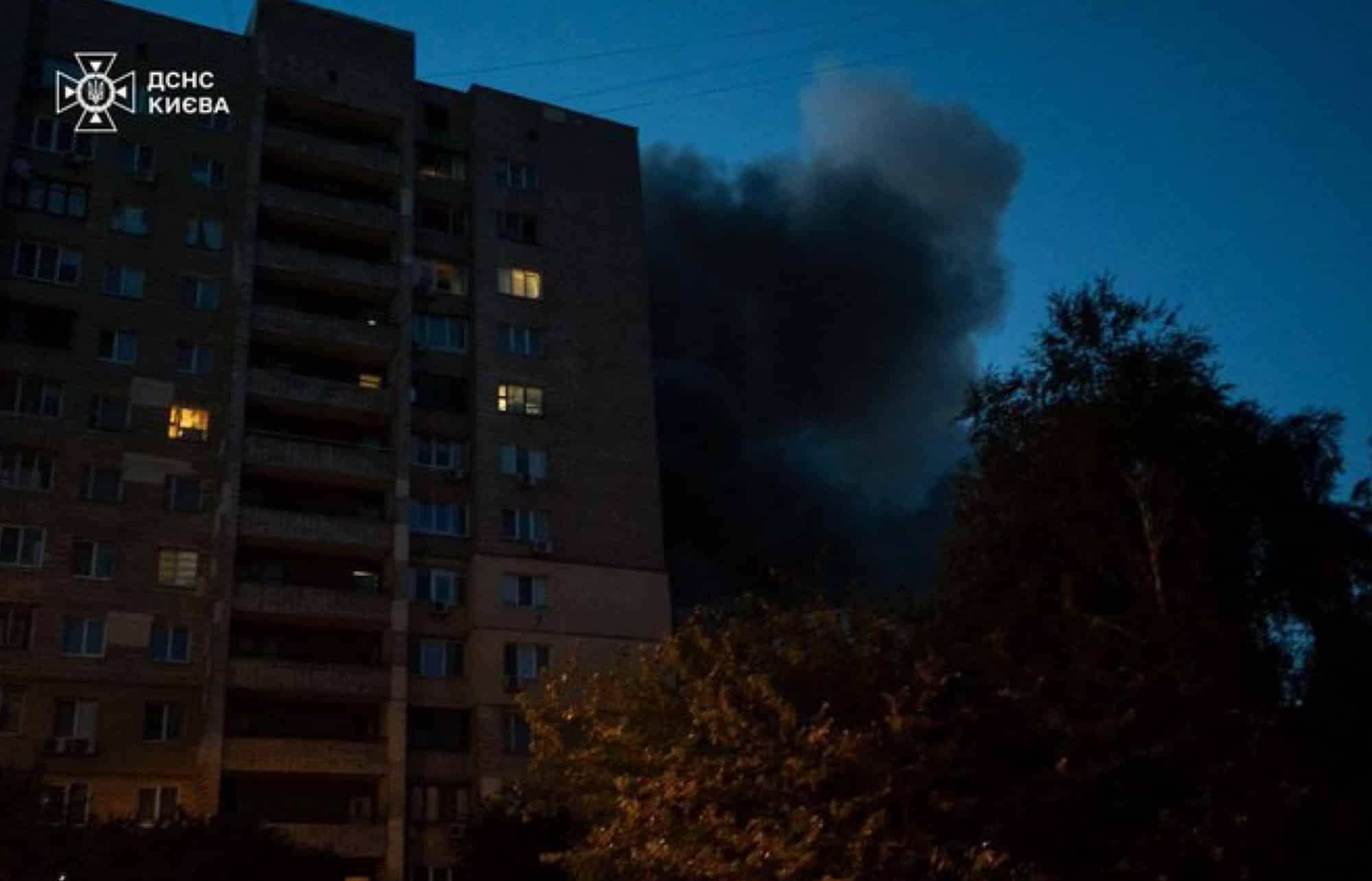
Amazon Drone Deals: DJI Mini 5 Pro Fly More Combo with DJI RC2 now for $1,099!
On July 4, 2025, Russia launched its largest drone attack on Kyiv, Ukraine, deploying 539 drones, including Iranian-designed Shahed drones, in a barrage that killed one person, injured 23, and damaged infrastructure across the capital, according to Reuters. The assault, which followed a fruitless call between U.S. President Donald Trump and Russian President Vladimir Putin, underscores the evolving role of drones in modern warfare and raises questions about air defense strategies.
Scale and Impact of the Attack
The overnight attack, lasting from early evening to dawn, targeted Kyiv with a record 539 drones and 11 missiles, surpassing previous Russian drone offensives. Ukraine’s Air Force reported intercepting 478 drones, yet damage was widespread, affecting 40 apartment blocks, railway infrastructure, five schools, and a medical facility in six of Kyiv’s 10 districts. Falling debris sparked fires, including one in the Holosiivskyi district, while a body was found in the wreckage, according to Kyiv’s military administration. Mayor Vitali Klitschko noted that 14 of the 23 injured required hospitalization. “I woke up to the sound of explosions, first the Shahed drones started buzzing, and then the explosions began,” said Kyiv resident Maria Hilchenko, describing the terror as air raid sirens blared.
Shahed Drones: Technical Profile
The attack prominently featured Shahed drones, an Iranian design now manufactured in Russia. These low-cost, long-range drones, often called “kamikaze” drones for their one-way explosive missions, have a range of about 1,550 miles (2,500 kilometers) and can carry payloads up to 110 pounds (50 kilograms). Their simplicity and affordability—estimated at $20,000 per unit—make them ideal for swarm tactics, overwhelming air defenses through sheer numbers. Ukrainian Foreign Minister Andrii Sybiha revealed a Chinese component in one downed Shahed drone, highlighting global supply chain concerns in drone warfare. The drones’ distinctive buzzing sound, as noted by residents, adds a psychological dimension to their deployment.
Industry Trends: Drone Warfare Evolution
This attack reflects a broader trend in military drone use, where cost-effective, mass-produced unmanned systems are reshaping conflict. Russia’s reliance on Shahed drones mirrors global shifts toward scalable drone fleets, with nations like China and Turkey also advancing similar technologies. The swarm strategy challenges traditional air defenses, such as Patriot systems, which are costly to operate against low-value targets. Ukraine’s success in downing 89% of the drones showcases its adaptive defense tactics, including mobile fire groups and electronic warfare. However, the U.S. decision to pause some air defense missile shipments, cited by Ukrainian President Volodymyr Zelenskiy, could strain these capabilities. Germany’s talks to supply Patriot systems aim to address this gap.
Implications for Drone Operators and Defense
For drone professionals, this event underscores the need for advanced counter-drone technologies, such as radar detection and jamming systems, to combat swarm attacks. Recreational pilots may face stricter regulations as governments prioritize airspace security amid rising military drone use. Economically, the attack highlights the low cost of drone warfare—Russia’s $10.8 million (539 drones at $20,000 each) caused damage far exceeding its investment, signaling a shift toward asymmetric tactics.
Zelenskiy called for sanctions to curb Russia’s drone production, stating, “For every such strike against people and human life, they must feel appropriate sanctions and other blows to their economy, their revenues, and their infrastructure.”
Looking Ahead
The Kyiv attack demonstrates drones’ growing dominance in warfare, driven by affordability and scalability. As nations refine counter-drone measures, the industry must balance innovation with security, ensuring civilian drone use thrives without compromising safety.
Photos courtesy of Popular Front / X
Discover more from DroneXL.co
Subscribe to get the latest posts sent to your email.
Check out our Classic Line of T-Shirts, Polos, Hoodies and more in our new store today!

MAKE YOUR VOICE HEARD
Proposed legislation threatens your ability to use drones for fun, work, and safety. The Drone Advocacy Alliance is fighting to ensure your voice is heard in these critical policy discussions.Join us and tell your elected officials to protect your right to fly.
Get your Part 107 Certificate
Pass the Part 107 test and take to the skies with the Pilot Institute. We have helped thousands of people become airplane and commercial drone pilots. Our courses are designed by industry experts to help you pass FAA tests and achieve your dreams.

Copyright © DroneXL.co 2025. All rights reserved. The content, images, and intellectual property on this website are protected by copyright law. Reproduction or distribution of any material without prior written permission from DroneXL.co is strictly prohibited. For permissions and inquiries, please contact us first. DroneXL.co is a proud partner of the Drone Advocacy Alliance. Be sure to check out DroneXL's sister site, EVXL.co, for all the latest news on electric vehicles.
FTC: DroneXL.co is an Amazon Associate and uses affiliate links that can generate income from qualifying purchases. We do not sell, share, rent out, or spam your email.




